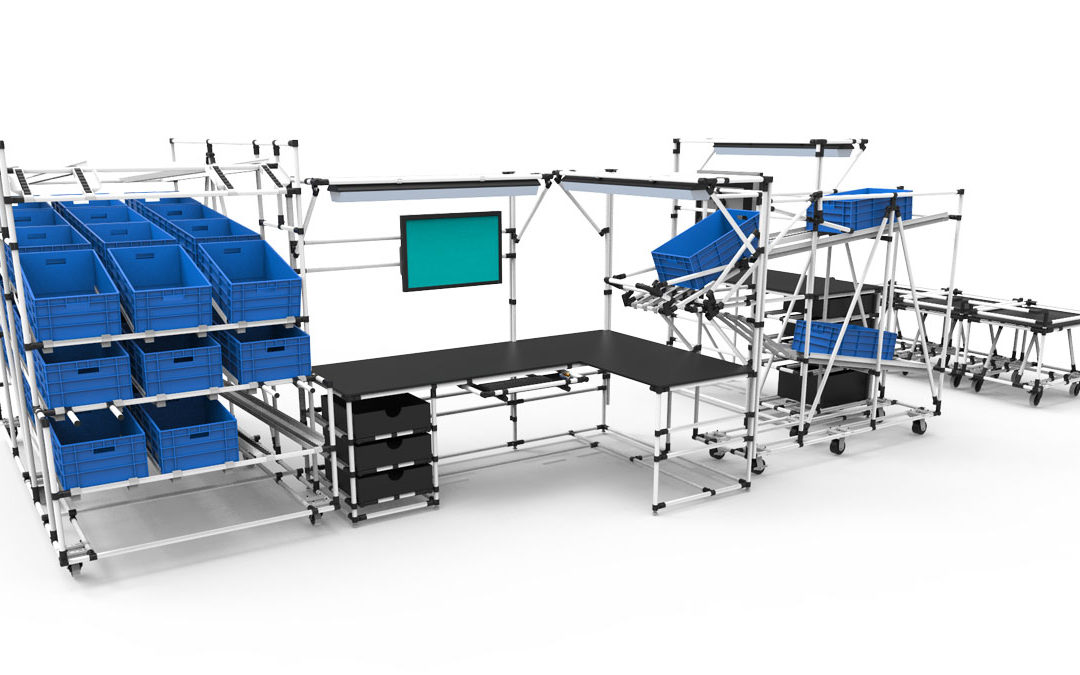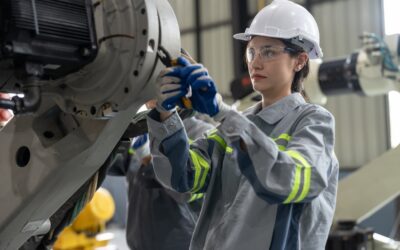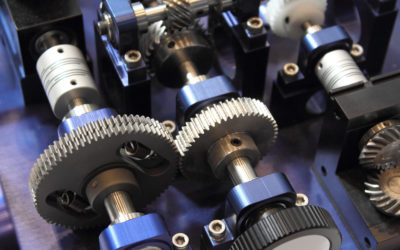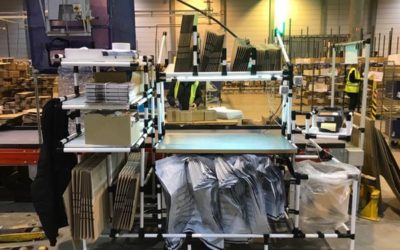As organizations set out on a cellular manufacturing journey, a critical question emerges: Are you seeking to create a manufacturing model cell, or are you striving to cultivate a cell that will serve as a blueprint for future operational excellence? This distinction is vital. While lean manufacturing workshops and kaizen events may make things bright, clean, and shiny, true transformation demands a deeper commitment to sustainable change and operational efficiency. When executed with precision, cellular manufacturing—or developing a manufacturing model cell—ushers in a new era of workplace safety, ergonomic enhancement, and heightened productivity and profitability for all stakeholders.
The goal of cellular manufacturing, though, can easily be shortsighted. Optimizing a single work cell solely to enhance productivity and profitability may overlook broader operational improvements. So, as you begin the cellular manufacturing process, is the goal to create a model cell or a cell you intend to model going forward?
What is a Model Cell?
Cellular manufacturing is a way of working where production workstations and equipment are arranged to optimize the flow of materials and components through the production process. Rather than processing multiple parts before sending them to the next machine, cellular manufacturing moves products through the process one piece at a time. This approach requires organizations to replace larger, high-volume production machines with small, flexible machines that fit well with one another within the cell. Switching to a model cell work method takes workers from manning mass amounts of product at one machine to managing multiple machines as one piece goes through the process. This allows production to adjust to customer demand and ease of customization to meet specific customer needs.
Developing a cellular manufacturing model in your production area is a common practice to initiate change. An excellent first step in this process is often to demonstrate the value and effectiveness of planned improvements. Keeping plant operators and supervisors looped in on the proposed cellular manufacturing can encourage and motivate the team. Transparency around goals and growth can reassure the team and let them know leadership has their best interests at heart.
What is Your Cellular Manufacturing Goal?
We like to explain this using the example of a man who owns a classic muscle car for shows and hobby racing. The car performs reasonably well at various shows, but all the wax, tire shine, and bright lights that make things look “flashy” at the car show don’t help the vehicle’s performance on the racetrack.
The first step is for the man to ask himself, “What is my goal? Is it to make the car shiny, or is it to achieve better performance? Am I building a show car or a race car?” To succeed on the racetrack, the man must focus on improving the car’s mechanics rather than its exterior.
How Do You Define the Success of Your Goal?
When setting a goal for cellular manufacturing, reflecting on your measurables for success can be helpful. Of course, profitability is always a driver for continuous improvement in the company. Still, a successful manufacturing model cell also improves company culture by fostering a healthy and safe work environment.
To define success, ask yourself, “What is the pain point that needs to be addressed?” and “Who is driving the change initiative?” The measures of cellular manufacturing success will depend on who’s asking for results. Is the initiative driven by safety? Production? The plant manager or upper management? Regardless of who is driving the manufacturing model cell development, knowing where you are heading makes it much easier to create a roadmap and achieve the goals before you.
How Can You Look Forward to Expanding the Model Cell’s Impact?
If you aim to set a standard to build upon, you’ll want to ensure you can envision the next cell to modify. Do this by breaking your project into smaller segments, each with its measure of success. This could be driven to support a budget or current failure of the production area, or it could be a timeline with targets to achieve along the way.
Your goal should be to improve company processes, move beyond the boardroom, and collaborate with those doing the work every day. To improve a manufacturing process, start on the shop floor with input from those intimately involved in day-to-day work. Having employee input early and often in the process helps get the larger team on board with working toward continuous improvement and, ultimately, a lean transformation.
What is Your Cellular Manufacturing Timeline?
The timeline for building your manufacturing model cell is most often tied to the resources you have available to your company. To work out your timeline, ask, “Do we have the internal personnel and expertise to support our model cell?” and “Would the short- or long-term partnership with a third-party lean specialist support lead to the quickest payback to our organization?” Why wait if you believe a change can provide a healthier work environment and a more profitable company? If there’s a way to level up your organization, then doing so as quickly and efficiently as possible should be the target.
Geolean takes a data-driven approach to uncovering the essential missing link so you can focus on delivering solutions and developing new ideas faster. If you’re ready to explore cellular manufacturing, Geolean is the lean manufacturing partner you’re looking for. Schedule a free consultation to get started.




